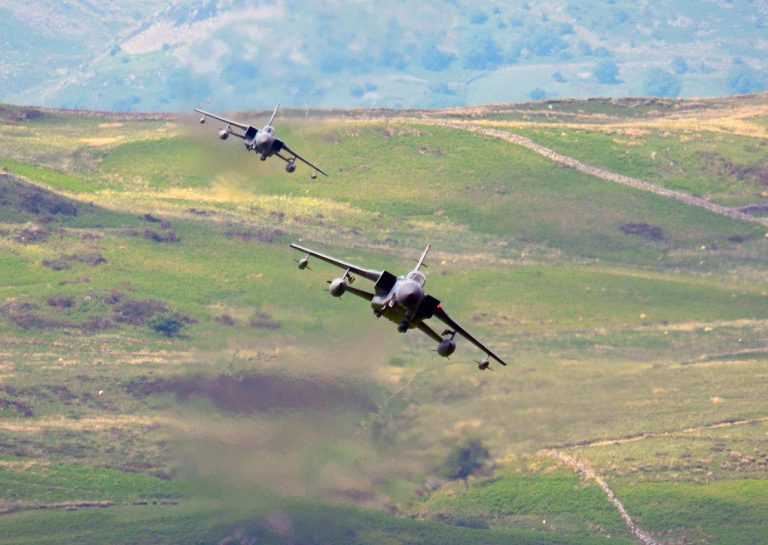

The science of flight is fundamentally the study of aerodynamics— how air moves around objects. During flight, the behavior of airflow over an aircraft changes significantly with speed, especially as it approaches and exceeds the speed of sound. This speed is measured in Mach numbers, with different flight regimes classified as subsonic, transonic, supersonic, and hypersonic. Each regime presents unique aerodynamic characteristics that profoundly affect the aircraft's design, performance, and handling. Understanding these differences is crucial for the advancement of aviation technology and for pushing the boundaries of what is possible in air travel - so let's delve into them!
Subsonic flight refers to speeds below Mach 0.75. In this regime, the airflow around the entire aircraft is below the speed of sound. The aerodynamic forces are predictable and stable, governed by principles that have been well-understood since the early days of aviation. Subsonic aircraft designs feature thicker wings and more curvature, optimizing lift at lower speeds.
The transonic flow occurs approximately between Mach 0.75 and Mach 1.20. This is a complex and critical speed range where the airflow around the aircraft transitions from subsonic to supersonic speeds. It is characterized by the onset of shock waves, which can cause issues such as abrupt changes in aerodynamic forces, known as Mach tuck, and a phenomenon known as wave drag.
Supersonic flight, defined as speeds between Mach 1.20 and Mach 5.00, is where the aircraft travels faster than the speed of sound. In this regime, the entire airflow around the aircraft is supersonic, and the design of the aircraft must account for the presence of shock waves. Supersonic aircraft have sleek, thin wings and often feature a delta or swept-back wing design to minimize drag and structural stress.
Hypersonic speeds exceed Mach 5.00. At these extreme velocities, the air molecules begin to behave differently, and the chemistry of the air can change, leading to phenomena like ionization. The thermal load on the aircraft is immense, requiring materials that can withstand high temperatures and protect the aircraft's structure.
Each of these speed regimes presents its own set of design challenges. At transonic speeds, aircraft must be designed to handle the mixed flow of subsonic and supersonic air, which can lead to instability. Supersonic and hypersonic aircraft must contend with significant increases in aerodynamic heating and wave drag, necessitating advanced materials and innovative cooling techniques.
Advancements in technology are pushing the boundaries of these speed regimes. As aviation technology progresses, the ability to safely and efficiently navigate from subsonic to hypersonic speeds will continue to expand the possibilities of air travel - making it possible to fly between continents in a fraction of the current travel times.
Affiliate Partner Program | Jobs at Spartan | Privacy Policy | Opt-out Policy | Privacy Notice - California Residents| Notice of Non-Discrimination | Website Accessibility Help | Transparency in Coverage Act
© 2024 SPARTAN COLLEGE OF AERONAUTICS AND TECHNOLOGY. ALL RIGHTS RESERVED.